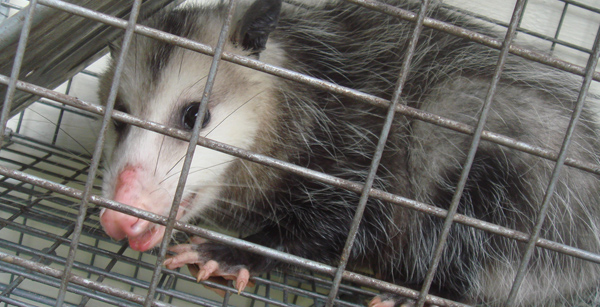- info@wildlifeanimalcontrol.com
Call us for help in your town
Wildlife Control Education
Does relocated wildlife thrive or have difficulties surviving?
Human and wildlife conflict are not new. These conflicts have been there for a long time. In the recent, such conflicts have been solved by relocating the animals. The relocation involves trapping the animal and releasing it at another location. This approach is a little bias, don’t you think?

As much as wildlife relocations solve the conflicts, it is not a good solution. It is very unfair to the animal. The relocation also causes an imbalance in the ecosystem. Relocations performed by professional wildlife agencies are safe for the animals. But, the real concern is that homeowners do most wildlife relocations. These homeowners do not have the right equipment to trap and transport the animal. Also, these people do not care where they release the animal. Their main concern is that the animal stops being a nuisance.
Relocating wildlife disrupts the ecosystem. When relocating an animal wildlife conservationists first study the animal. They then have to identify the role of the animal in the ecosystem. Homeowners release the animal anywhere without caring whether the animal can survive in the habitat. If the animal cannot find its way back to its natural habitat, it will have difficulties surviving or even die. Relocation is also a way through which diseases are introduced in wildlife populations.
Few animals survive relocations. Animal traps injure the animals. Releasing the animal to a different habitat when it is injured is inhumane. Such an animal will hardly survive. After releasing the animal to another habitat, it has to fight for territories and compete for food. If the animal is not strong enough, it will die in the struggle for territory or die due to lack of food.
Relocation leaves young animals as orphans. Young animals, mammals and birds to be particular, need their mothers in their childhood. Most reptiles and amphibians do not take care of their young ones. Leaving a young one without a mother to take care of it is barbaric. The young one is likely to die.
The bottom line is relocated animals barely survive. If an animal causes nuisance in a neighborhood, the best decision is to seek the assistance of wildlife authorities. These people have the knowledge and the equipment to relocate the animal safely.
Relocation is a very temporary solution. Another animal of the same species will replace the relocated one. The best approach is to identify the thing that is attracting the animals and get rid of it. Animals deserve proper treatment. They keep the ecosystem balanced.
Go back to the How to get rid of wildlife home page.
Need animal removal in your hometown? We service over 500 USA locations! Click here to hire us in your town and check prices - updated for year 2020.

















